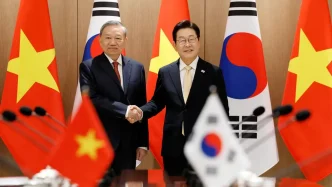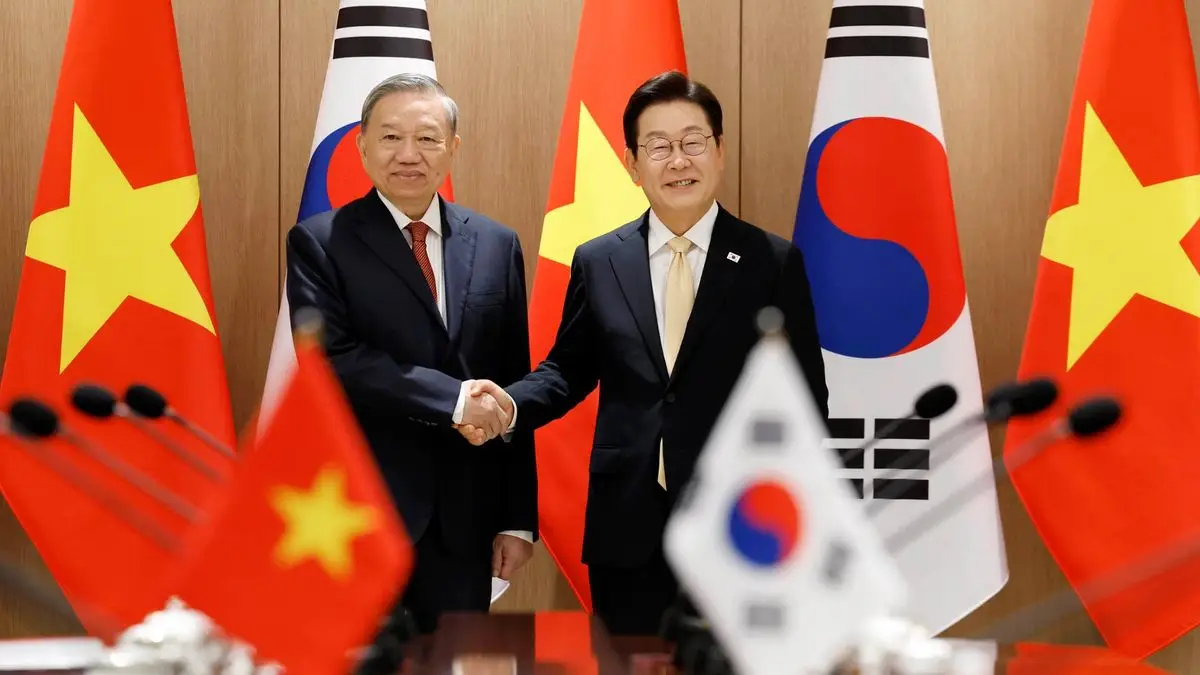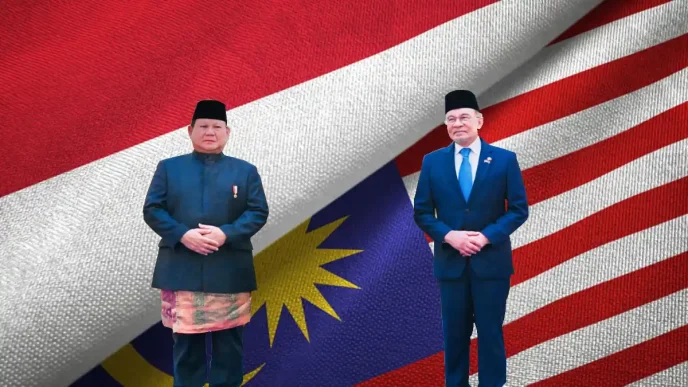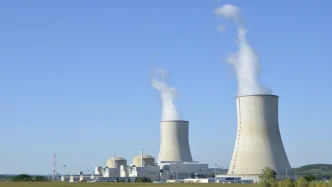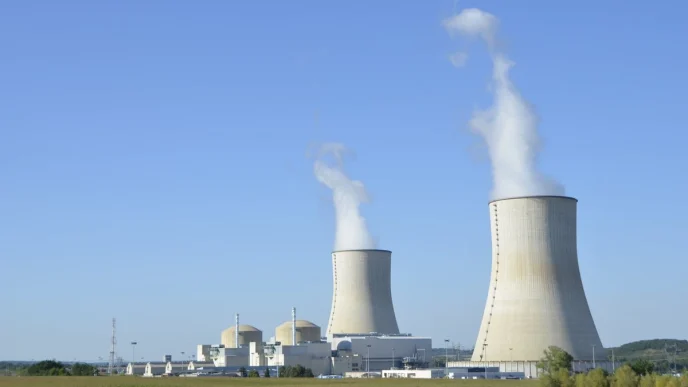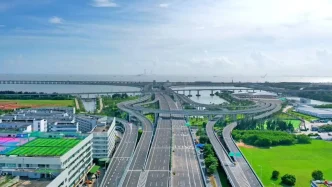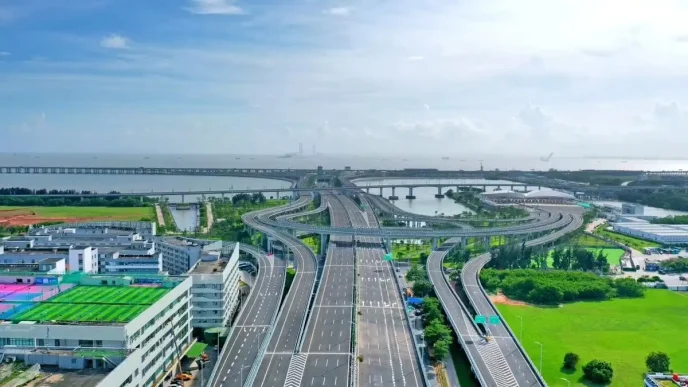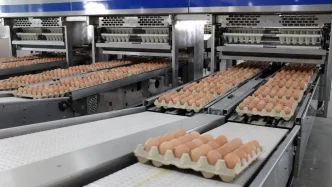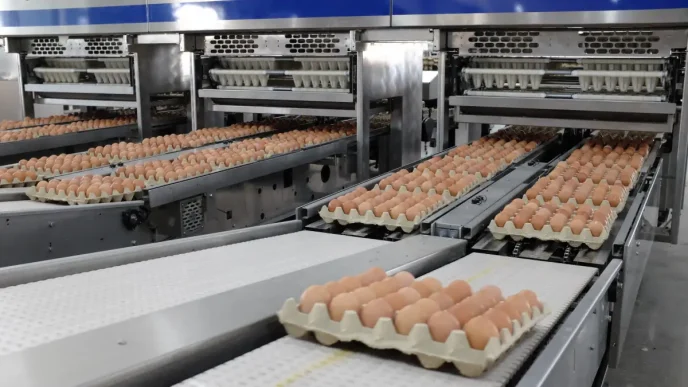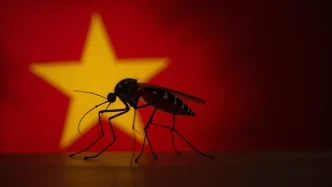Seoul – A historic state visit by Vietnam’s top leader, Party General Secretary To Lam, to South Korea this week signals a deepening of ties between the two nations, as both countries seek to expand cooperation across politics, security, trade, and advanced technology. Arriving at Seongnam Air Base in Seoul on August 10, accompanied by his spouse Ngo Phuong Ly, Lam’s four-day visit marks the first by a foreign leader since South Korean President Lee Jae Myung took office on June 4, 2025.
A Strategic Partnership in Focus
The summit between Lam and Lee, held on August 11, centered on strengthening the comprehensive strategic partnership established between Vietnam and South Korea since diplomatic relations began in 1992. According to presidential spokesperson Kang Yu-jung, discussions spanned a broad spectrum of issues, including bilateral economic cooperation, security, trade, nuclear power, smart cities, and high-speed rail. The talks underscored the mutual ambition to elevate annual trade to $150 billion by 2030, a testament to their status as each other’s third-largest trading partners.
Vietnamese Deputy Prime Minister and Foreign Minister Bui Thanh Son emphasized Hanoi’s eagerness to broaden collaboration with Seoul. In a recent interview with Yonhap News, Son highlighted Vietnam’s interest in advancing cooperation in diplomacy, defense, infrastructure, semiconductors, and artificial intelligence. This aligns with South Korea’s vision of Vietnam as a pivotal partner in its regional strategy, with the presidential office describing the visit as a step toward a future-oriented relationship.
The state dinner hosted by Lee on the evening of August 11 further illustrated the economic stakes. Attended by prominent business leaders such as Chey Tae-won, chief of SK Group and the Korea Chamber of Commerce and Industry, alongside executives from Samsung Electronics, Hyundai Motor, LG, Posco, Hanwha, HD Hyundai, and Daewoo Engineering and Construction, the event showcased the deep corporate ties between the two nations. These conglomerates have significant investments in Vietnam, a hub for manufacturing and technology in Southeast Asia, and their presence at the dinner signaled a commitment to further economic integration.
Broader Diplomatic Horizons
Lam’s visit is just the beginning of a busy diplomatic period for President Lee, who returned from a weeklong summer vacation on August 9. Seoul is abuzz with preparations for potential summits with US President Donald Trump and Japanese Prime Minister Shigeru Ishiba later in August. These engagements highlight South Korea’s strategic positioning amid complex regional dynamics, including North Korea’s nuclear ambitions and shifting alliances in the Indo-Pacific.
Regarding the US, Seoul and Washington have been coordinating a possible summit on August 25. A recently finalized trade deal, setting a 15 percent tariff on South Korean imports in exchange for a $350 billion investment pledge in US sectors like energy and shipbuilding, has cleared a major hurdle. Observers suggest that security concerns, particularly North Korea’s advancing nuclear program, will dominate discussions between Lee and Trump. The potential reduction of US Forces Korea and a recalibration of its role to counter threats from China are also expected to feature prominently on the agenda.
Additionally, Seoul’s pursuit of an inter-Korean thaw may influence talks, with the possibility of reviving US-North Korea dialogue on denuclearization. Recent comments from Kim Yo-jong, the influential sister of North Korean leader Kim Jong-un, have caught Washington’s attention. While Pyongyang has signaled openness to talks, it remains firm on rejecting denuclearization as a precondition, a stance noted with interest by US officials like Seth Bailey, acting deputy assistant secretary in the State Department’s Bureau of East Asian and Pacific Affairs.
Closer to home, a summit with Japan’s Ishiba is reportedly in the works for around August 23 in Tokyo, according to Japan’s Asahi Shimbun. Though Seoul’s presidential office has yet to confirm the schedule, the intent to revive reciprocal leader visits was agreed upon during a July 30 meeting between South Korean Foreign Minister Cho Hyun and Ishiba. If realized, this meeting could precede the US summit, offering Lee a chance to strengthen trilateral cooperation with Tokyo and Washington on regional security issues.
Expanding Regional Engagement
Beyond these high-profile summits, South Korea is also reinforcing ties with other Southeast Asian nations. On August 11, the presidential office announced that a group of special envoys would depart for a three-day visit to Jakarta, carrying a letter from Lee to Indonesian President Prabowo Subianto. The message outlines Seoul’s commitment to deepening relations with Indonesia, a key player in the Association of Southeast Asian Nations (ASEAN). This gesture reflects South Korea’s broader strategy to enhance its influence in the region, leveraging both bilateral and multilateral frameworks.
Vietnam, as a linchpin of South Korea’s ASEAN policy, offers a model for such engagement. Since 1992, the relationship has evolved from modest diplomatic ties to a robust partnership encompassing trade, cultural exchange, and now, cutting-edge technology. Vietnam’s rapid economic growth and strategic location make it an ideal partner for South Korea’s ambitions in smart infrastructure and digital innovation. Projects in nuclear power and high-speed rail, discussed during the summit, could set a precedent for similar collaborations across the region.
Navigating Challenges and Opportunities
While the Vietnam-South Korea partnership appears poised for growth, challenges remain. Economic cooperation must navigate global supply chain disruptions and differing regulatory environments. Security discussions, particularly in light of regional tensions involving North Korea and China, require delicate balancing to avoid alienating other partners. Moreover, Vietnam’s political system, led by the Communist Party, contrasts with South Korea’s democratic framework, necessitating careful dialogue to align priorities without compromising core values.
Yet, the potential rewards are immense. For Vietnam, South Korean investment and expertise in semiconductors and AI could accelerate its transition to a high-tech economy. For South Korea, Vietnam offers a gateway to ASEAN’s 650 million-strong market, a critical component of its economic diversification strategy amid uncertainties in traditional markets like China and the US. The target of $150 billion in annual trade by 2030, while ambitious, is within reach if both sides sustain the momentum from this summit.
The personal rapport between leaders also matters. Lam’s visit, marked by ceremonial welcomes and high-level engagements, suggests a willingness to build trust at the highest levels. Lee, navigating his early months in office, has an opportunity to establish himself as a regional statesman, bridging East and Southeast Asia through initiatives like this partnership.
Looking Ahead
As Lam concludes his visit and Lee prepares for further diplomatic engagements, the outcomes of these interactions will shape South Korea’s foreign policy trajectory for years to come. The Vietnam summit, with its focus on tangible cooperation in trade and technology, sets a positive tone. Yet, the looming discussions with the US and Japan will test Seoul’s ability to manage competing interests while maintaining its commitment to regional stability.
For Vietnam, the visit reaffirms its growing stature on the global stage. By aligning more closely with South Korea, Hanoi not only secures economic benefits but also positions itself as a key player in shaping the Indo-Pacific’s future. As both nations look to 2030, the question remains: can this partnership evolve into a cornerstone of regional cooperation, or will external pressures challenge its progress?
